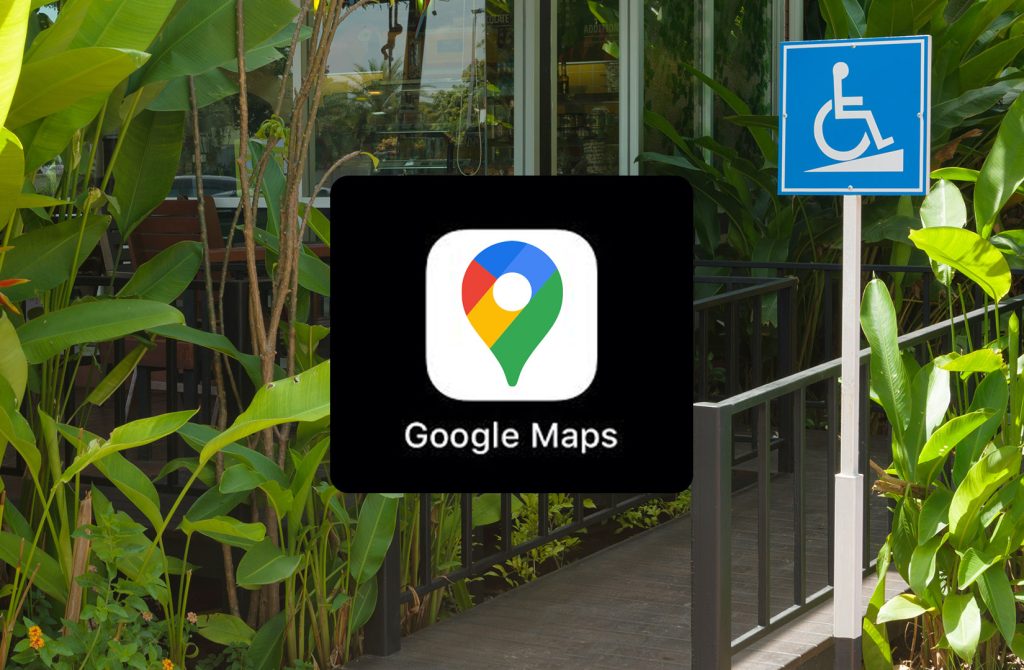Google Maps has incorporated features to help users find wheelchair-accessible routes and locations, making navigation easier for individuals with mobility challenges. This functionality is part of Google’s broader initiative to make its services more inclusive and accessible to everyone. Here are some key aspects of the wheelchair access information provided by Google Maps:
- Wheelchair-Accessible Routes
Google Maps allows users to search for wheelchair-accessible public transit routes. By selecting the “wheelchair accessible” option in the route planner, users can find transit options that accommodate wheelchairs, including accessible buses, trains, and stations. - Accessible Place Information
Businesses and public places on Google Maps are increasingly being marked with accessibility information. Details such as wheelchair-accessible entrances, restrooms, seating, and parking are displayed when available. This information is gathered through contributions from business owners, Google’s local guides, and users. As of May 2024 Google announced over 50 million places offer accessible information and this information continues to grow daily. - User Contributions
Users can contribute to the accessibility information by answering questions about a place’s accessibility or by adding new details. This crowdsourced approach helps keep the information up-to-date and comprehensive. - Accessibility Labels
Locations with verified accessibility features are labelled with a wheelchair icon, making it easy to identify accessible places at a glance. Users can filter their search results to show only those places that are wheelchair accessible.
Benefits of Google Maps now offering accessible features
- Enhanced Mobility
By providing detailed accessibility information, Google Maps enables wheelchair users to plan their journeys more effectively, reducing uncertainty and increasing confidence in using public transit and visiting new places. - Community Empowerment
The ability for users to contribute accessibility information fosters a sense of community and shared responsibility, encouraging people to help improve the service for others with similar needs. - Increased Awareness
Highlighting accessibility features in popular tools like Google Maps raises awareness among businesses and the general public about the importance of accessibility, potentially leading to broader societal improvements. - Independence
With reliable accessibility information, individuals with mobility challenges can enjoy greater independence, making it easier for them to navigate cities, run errands, socialise, and travel.
By offering detailed, user-contributed data on accessible routes and locations, it empowers individuals with mobility challenges to navigate their environments with greater ease and confidence. This feature not only enhances the daily lives of wheelchair users but also fosters a more aware and inclusive community.

